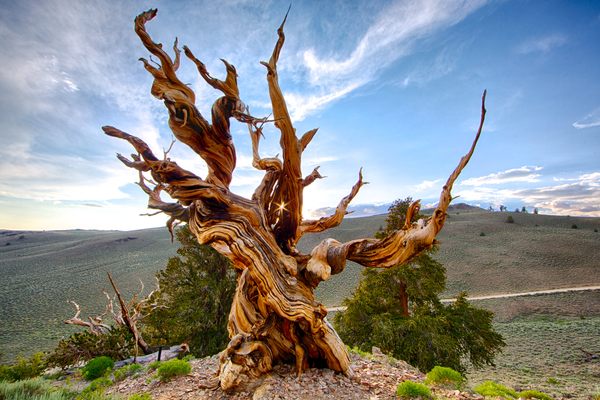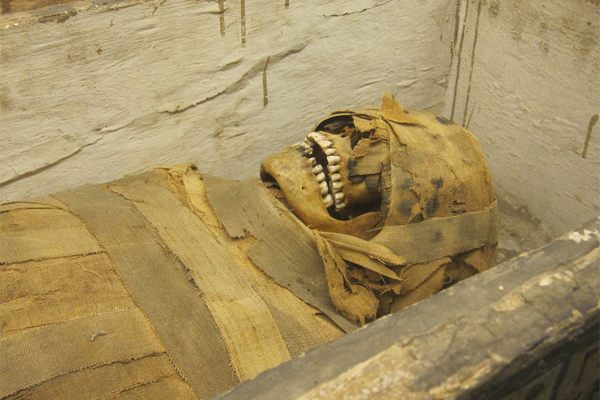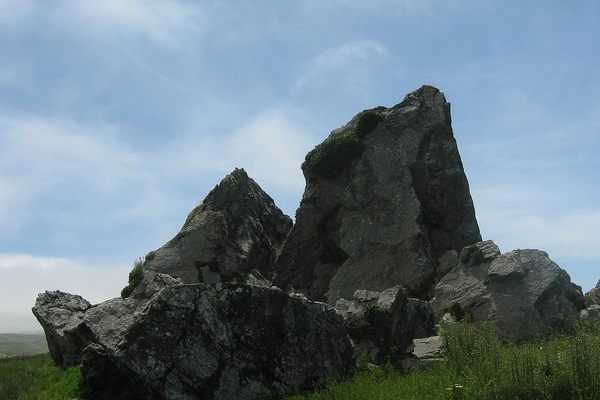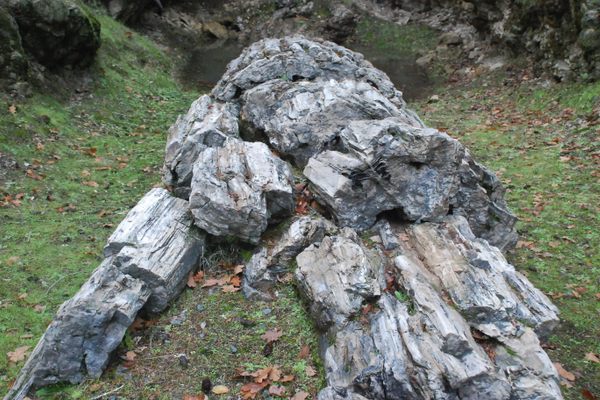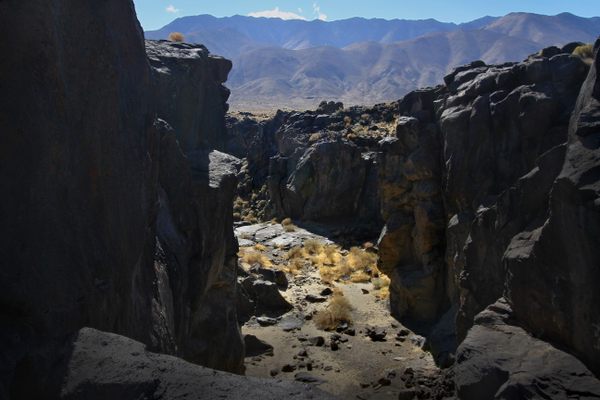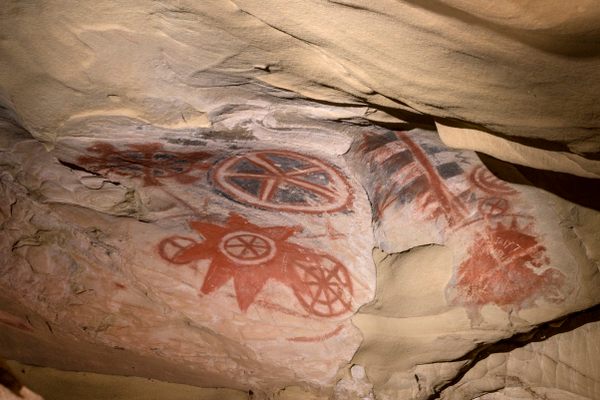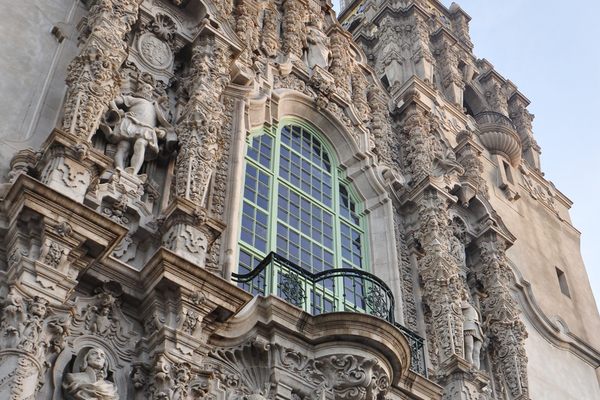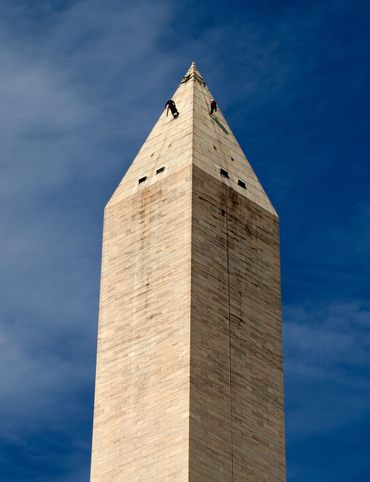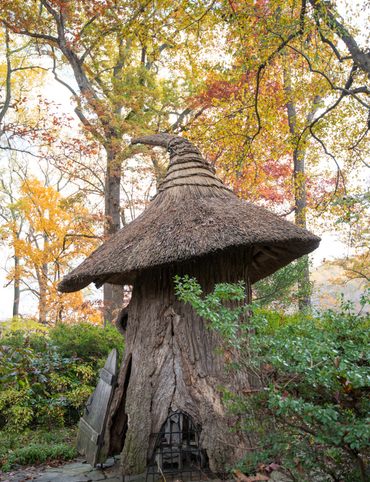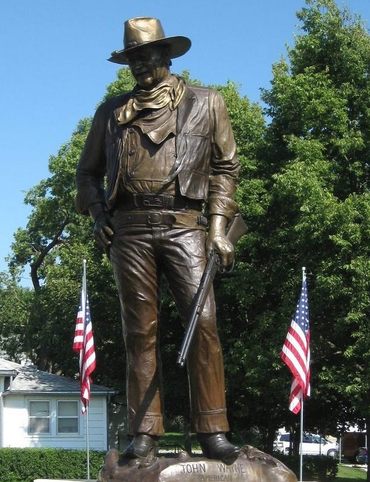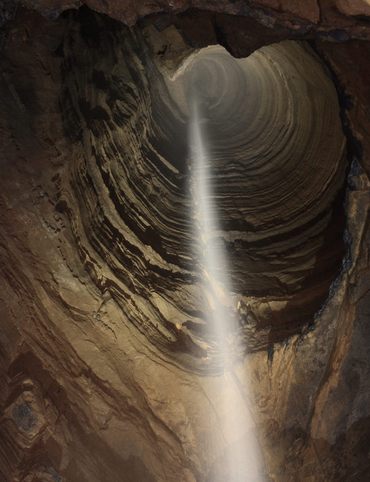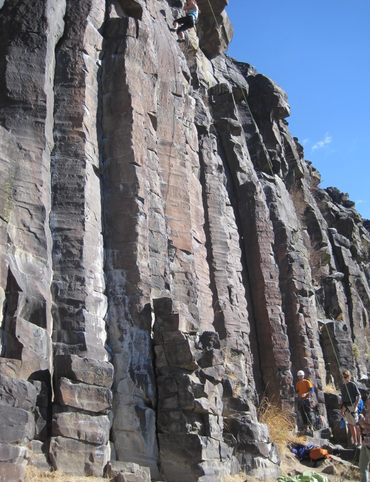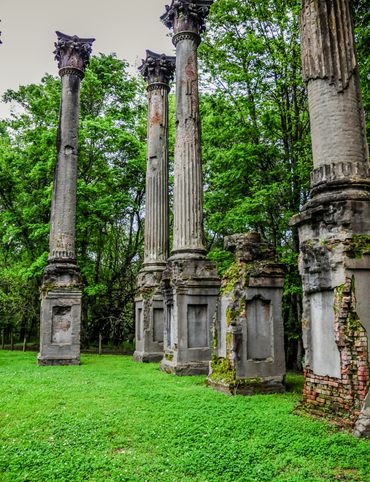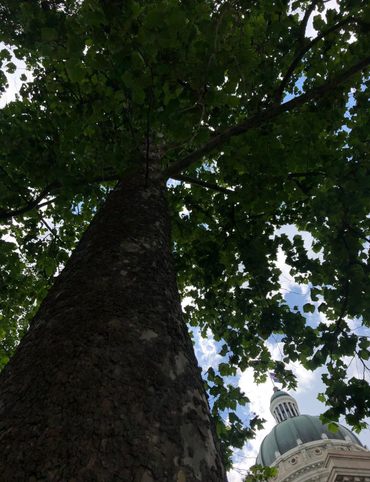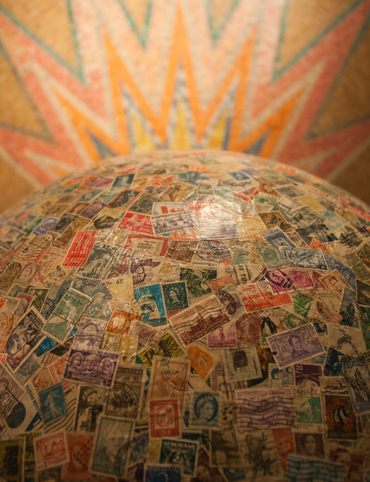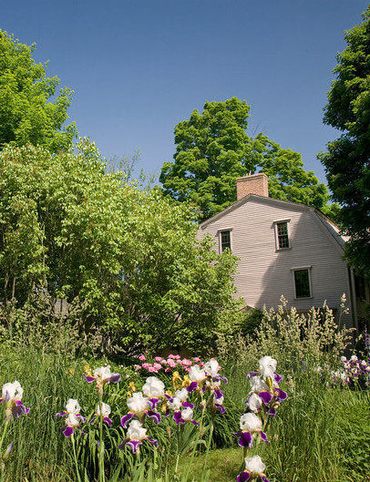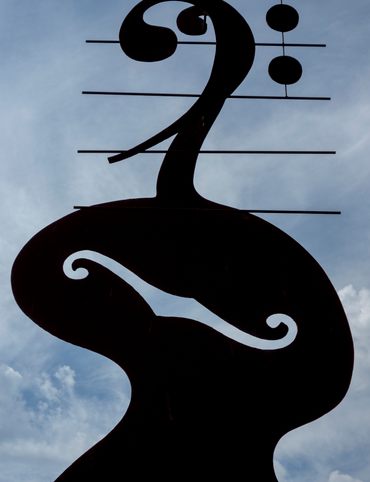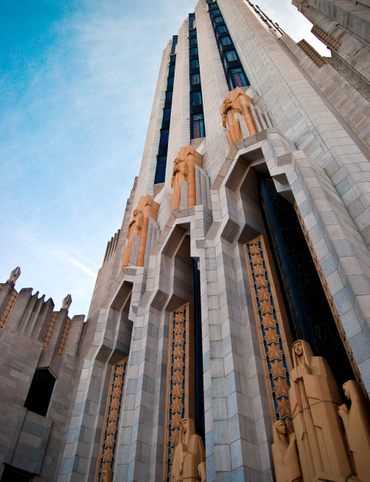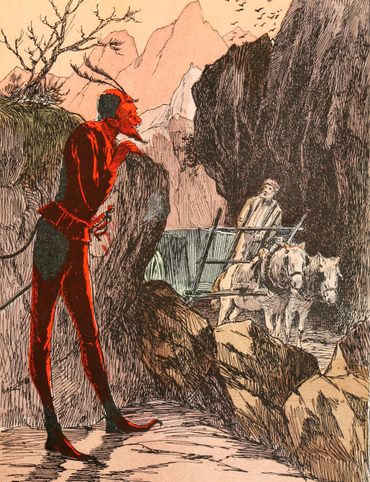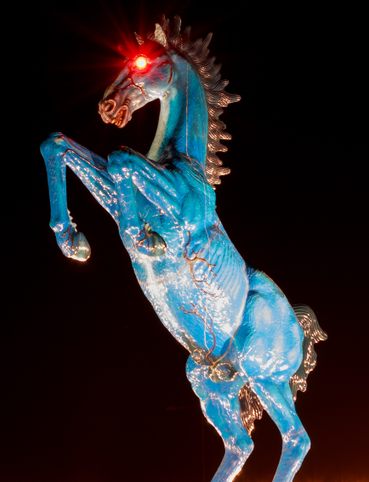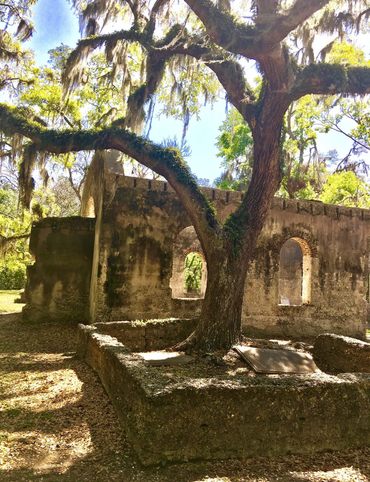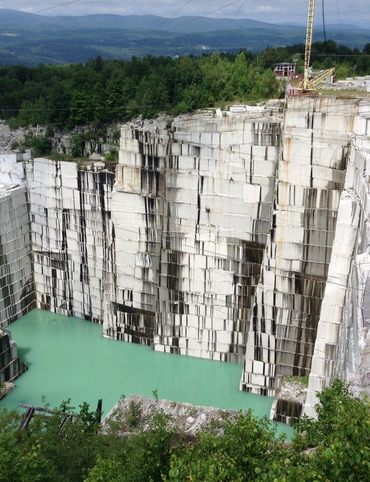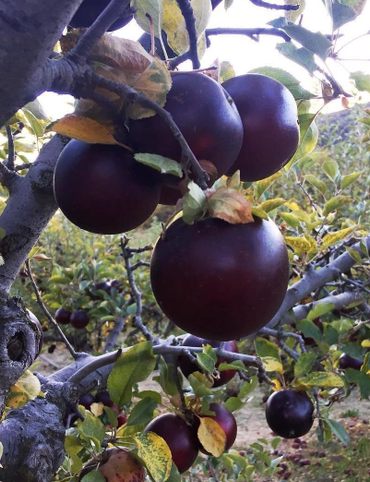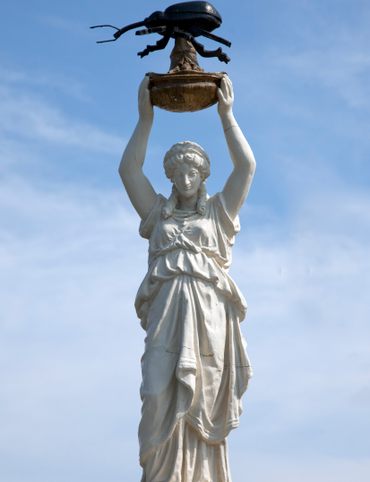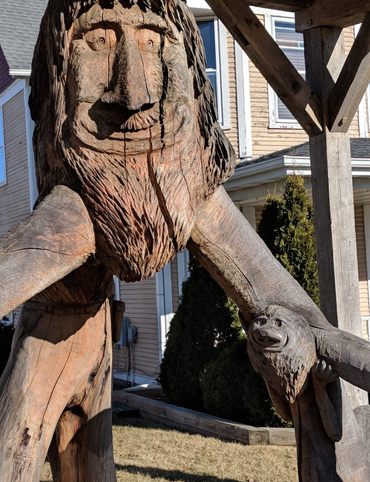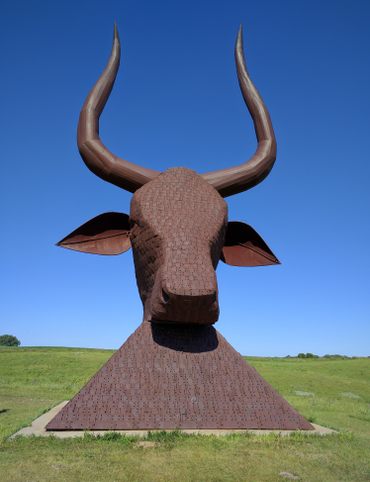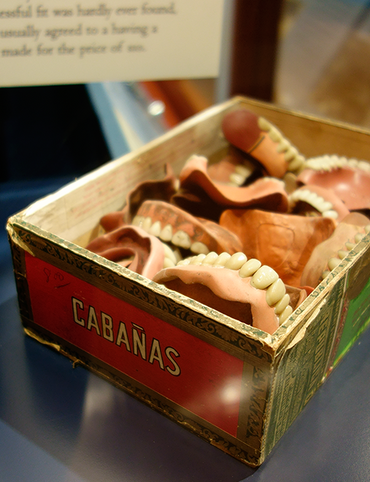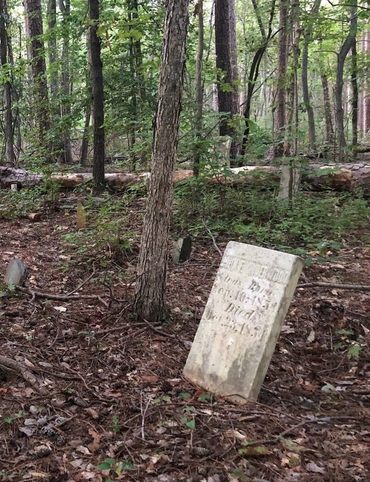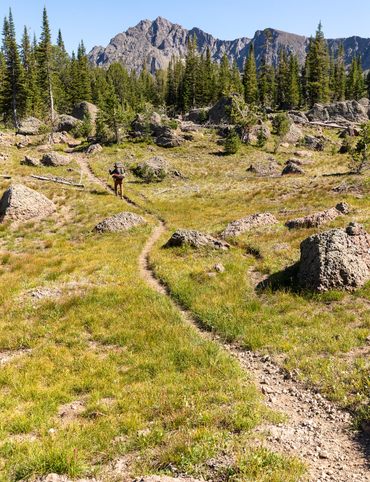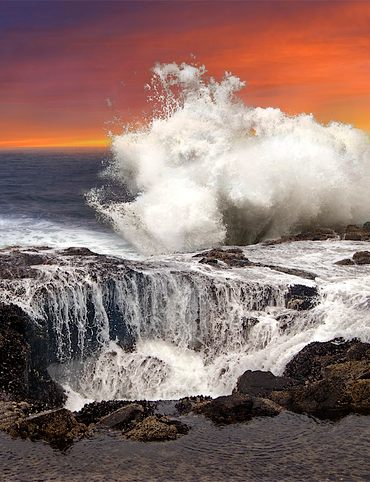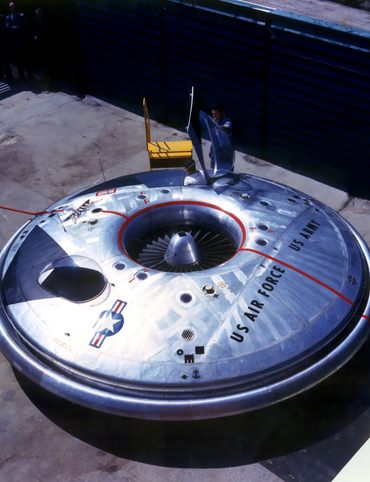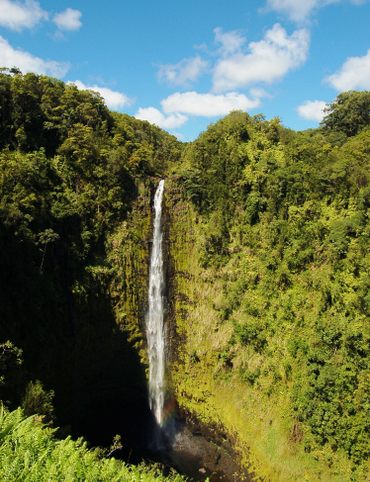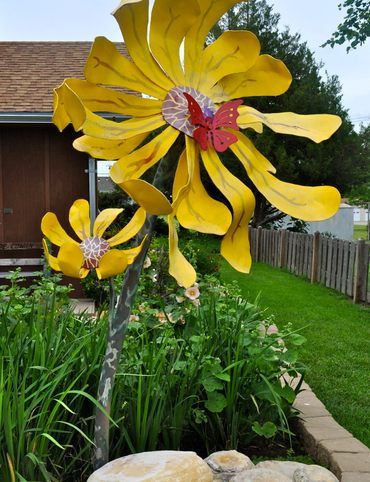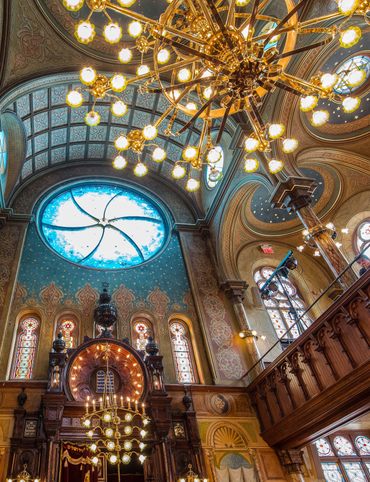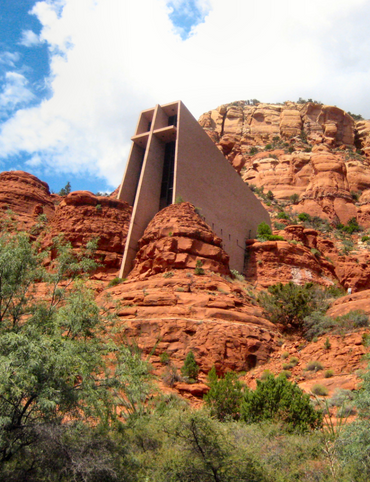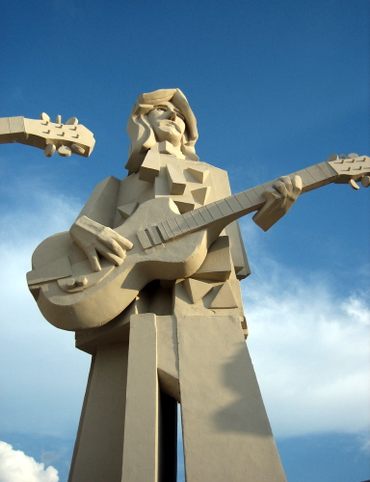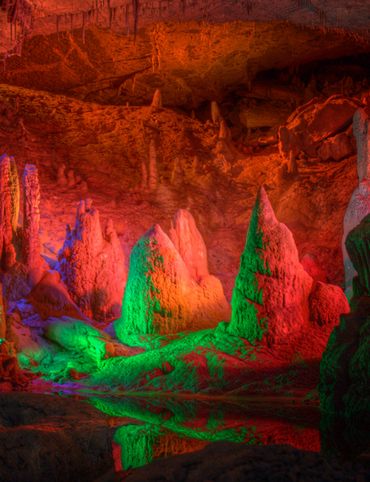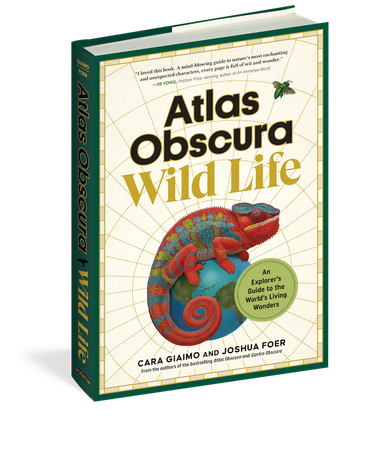50 States of Wonder
9 Surprisingly Ancient Marvels in Modern California
Long before California was home to tech campuses, freeways, and palm trees, Native inhabitants etched huge designs into the landscape. Even before that, at roughly the same time that the Pyramids of Giza were under construction, a tree that still survives today began taking root. And even farther into the past, glaciers and mammoths created enduring monuments to antiquity. Across the state, the distant past is still within easy reach.
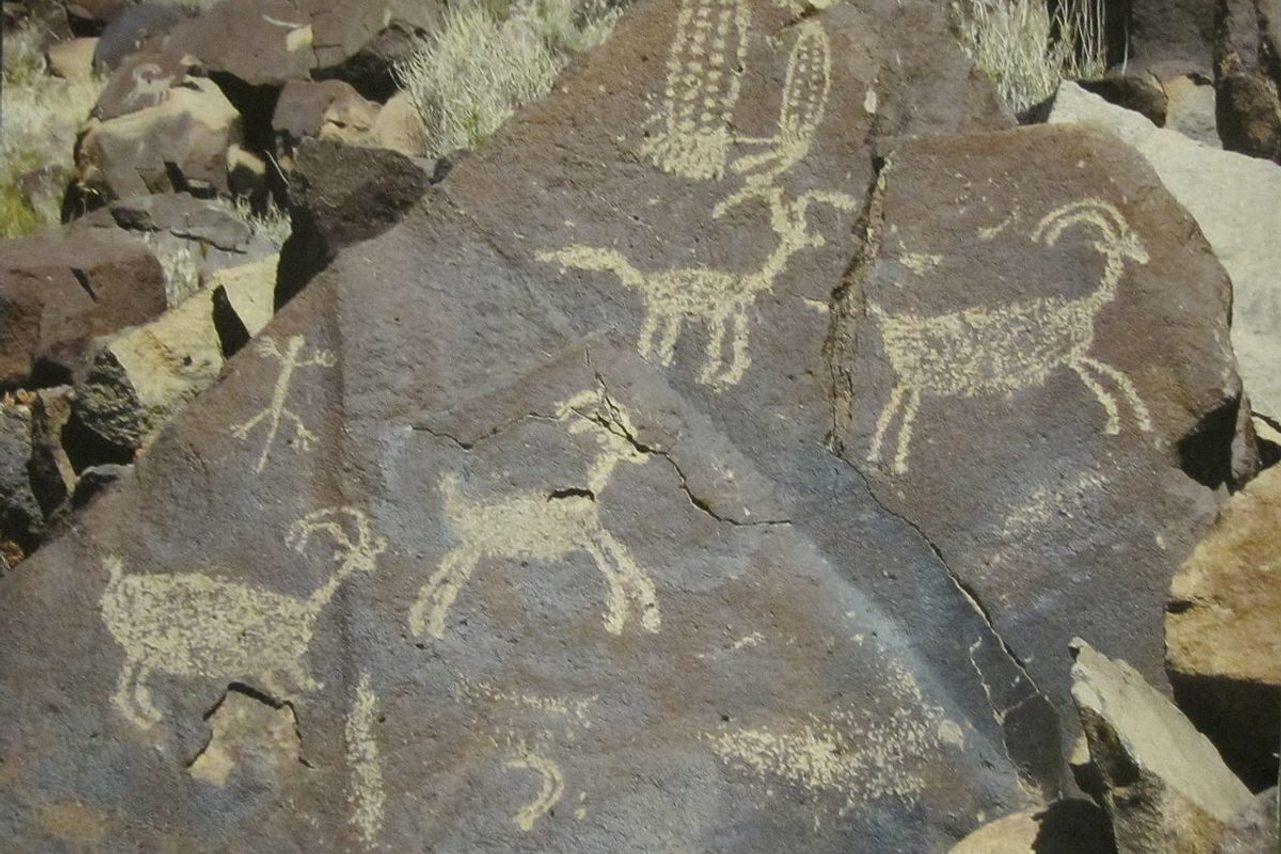
1. Coso Rock Art District
The Coso Mountain Range is a vast desertscape boasting some of the oldest and most plentiful examples of Native American rock art in the Western Hemisphere. Inhabited by indigenous peoples beginning 13,500 years ago, this 90-square-mile area, now part of the Naval Air Weapons Station at China Lake, is most famously characterized by its abundance of ancient petroglyphs. As many as 100,000 portrayals of bighorn sheep, reptiles, humans, and other symbols are scratched or ground into the basalt rock face. The Maturango Museum, dedicated to the history and environment of the Northern Mojave desert, offers tours of the art-packed Little Petroglyph Canyon in the spring and fall (when public health conditions allow), providing that guests fill out an application with the Department of the Navy at least 25 days in advance. (Read more.)
100 E Las Flores Ave, Ridgecrest, CA 93555
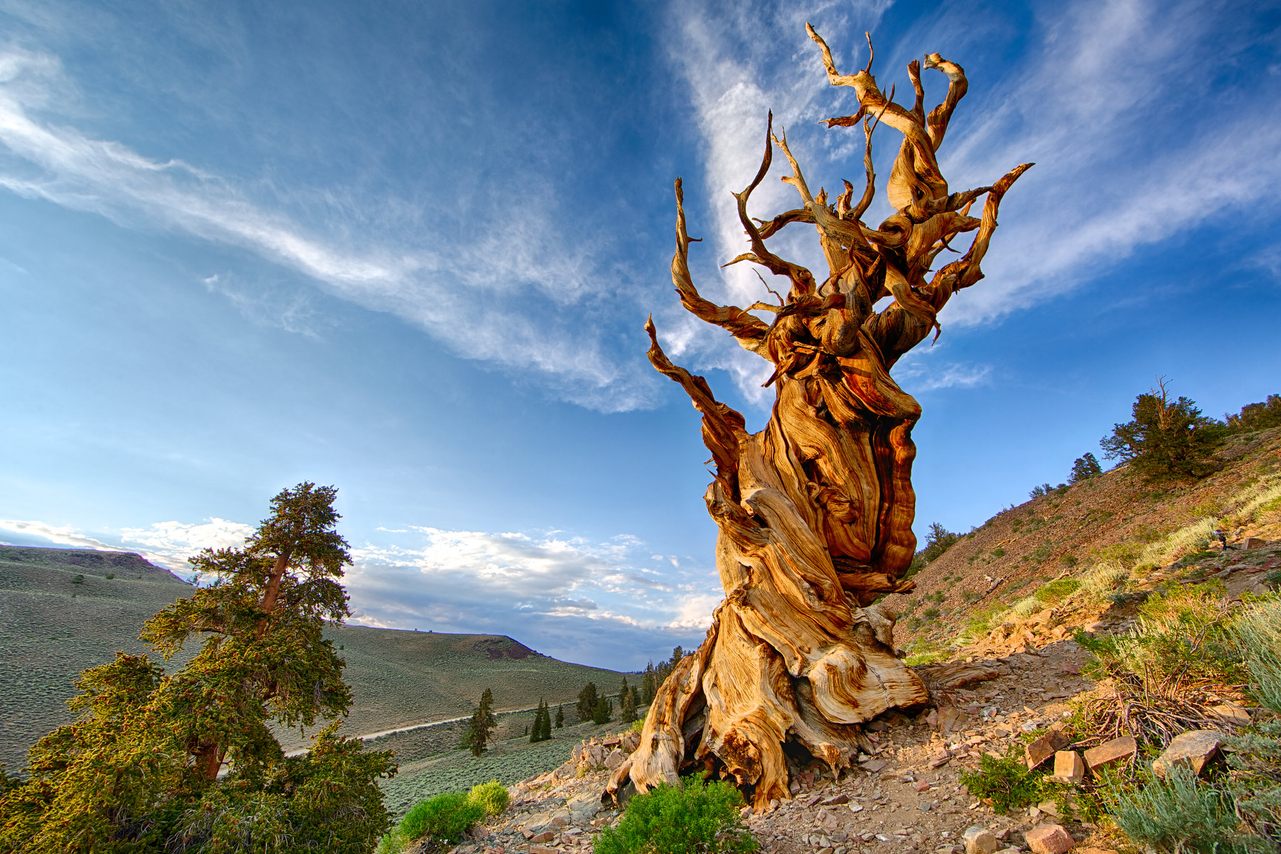
2. Methuselah Tree
An ancient Great Basin bristlecone pine, the Methuselah Tree grows high in the White Mountains of eastern California. At roughly 4,800 years old, the tree is much older than its Biblical namesake, who is said to have lived for a comparatively measly 969 years.
The tree likely germinated around 2832 B.C., making Methuselah one of the oldest known living trees and non-clonal organisms in the entire world, even older than the pyramids in Egypt. It's not quite as senior as Prometheus, another bristlecone in Nevada that made it to 4,862 years before it was accidentally maimed and ultimately cut down in 1964 when a researcher set out to study its growth rings. Methuselah's precise location is kept secret to protect it from the same fate. (A smart choice, considering that an arsonist attacked the visitor center and several trees in 2008.) Nevertheless, visitors can hike through the grove that contains Methuselah and hundreds of other ancient trees. (Read more.)
White Mountain Rd, Big Pine, CA 93514

3. Rosicrucian Egyptian Museum
The largest collection of mummies and Egyptian artifacts on the West Coast is tucked into a residential area of San Jose, across the street from a middle school. It's the work of the mystical Rosicrucian Order, whose history dates back to the early 1600s.
With beliefs centering around a complicated philosophy combining elements of alchemy, Qabalistic thought, theosophy, and the occult, branches of the order sprang up across the world in the 1800s and early 1900s. One such society, the Ancient Mystical Order Rosae Crucis, assembled the collection between 1915 and 1927. While the order established the museum in the 1920s, the jaw-dropping Museum building, inspired by the Temple of Amun at Karnak, opened in 1966.
The museum houses 4,000 artifacts and four human mummies under glass, not to mention mummies of cats, sharks, and baboons. While the museum itself is shuttered due to coronavirus, the surrounding outbuildings and Egyptian-revival park are open-air art themselves. (Read more.)
1342 Naglee Ave, San Jose, CA 95126

4. Mammoth Rubbing Rocks
The atypically smooth, shiny patches on these blueschist rocks in Sonoma County all fall between 10 and 14 feet above ground. That's the approximate shoulder height for an adult Columbian mammoth (Mammuthus columbi).
The buffed spots on these stones are too methodical to be the result of natural forces, and they feature the same tiny gravel scratches as modern African elephant rubbing rocks. As a result, scientists have concluded that this area was once mammoth territory. Like modern-day elephants and bison, the mammoths groomed themselves by covering their bodies in mud and then scratching it away by rubbing against the massive boulders. These days, the boulders are more popular with climbers than pachyderms. (Read more.)
Duncans Mills, CA 95430
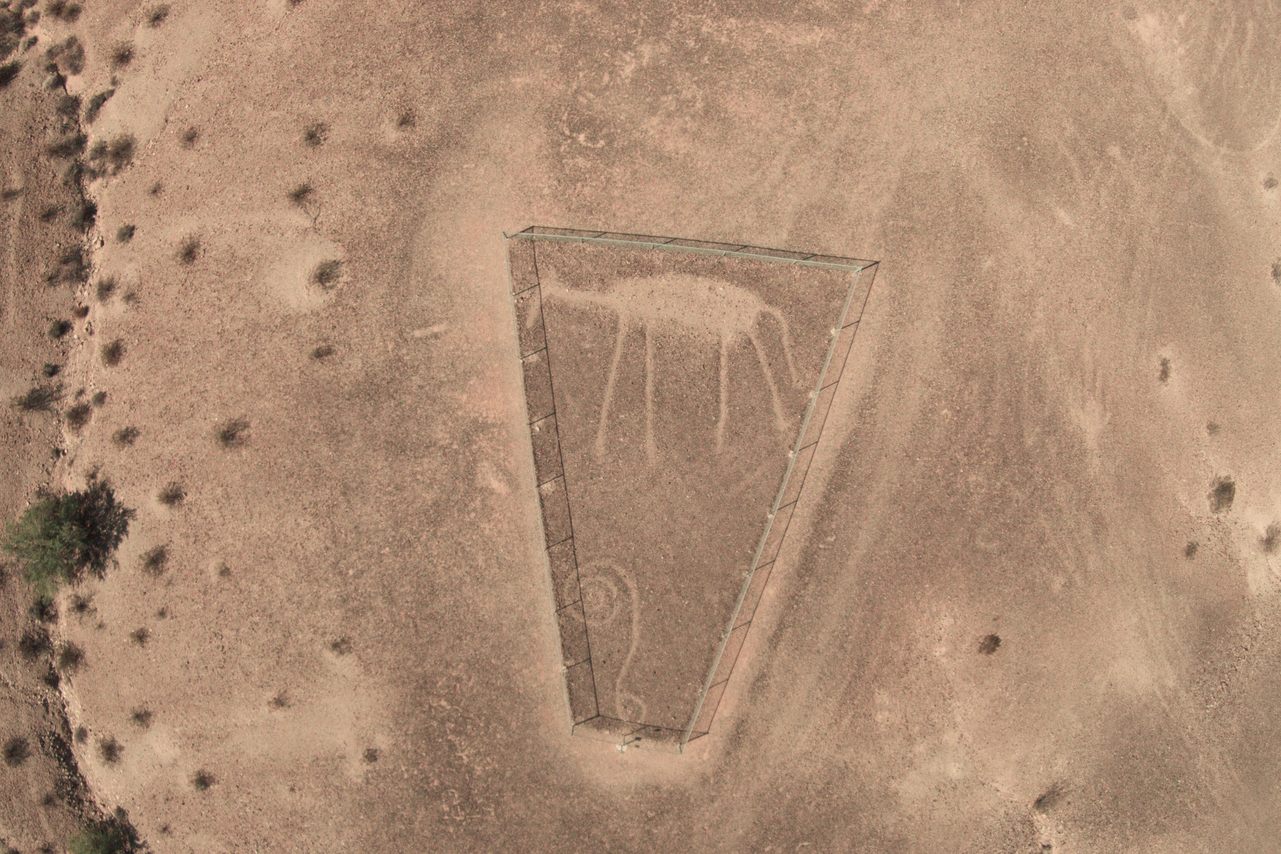
5. Blythe Intaglios
Gigantic figures drawn on the ground’s surface loom on two low mesas about 15 miles north of Blythe, California. The Blythe Intaglios are somewhere between 450 and 2,000 years old, depict three humans, two animals, and a spiral, and are believed to have been made by the Mohave and Quechan peoples. The palette of these “drawings” is the earth itself. The artists scraped away at the dark desert ground to expose the lighter soil underneath.
With the largest human figure coming in at 171 feet long, the images are difficult to see from ground level and are best viewed from a helicopter. Which begs the question: If the figures are mainly visible from the air, how did the the Mohave and Quechan plot them out? (Read more.)
California Highway 95, Blythe, CA 92225
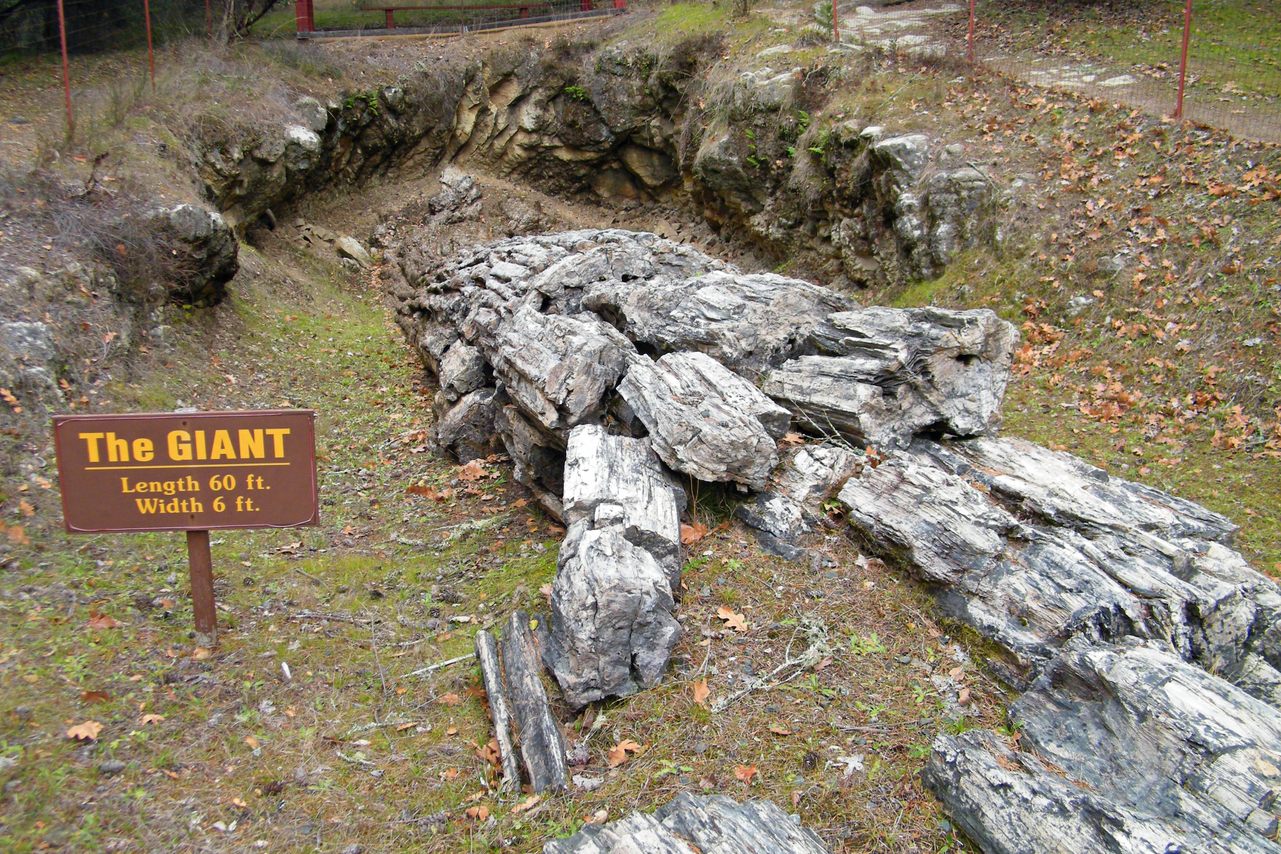
6. Calistoga Petrified Forest
The same turbulent forces that heat the waters of Calistoga’s famous hot springs and geysers once turned a forest to stone. Three-and-a-half million years ago, an ancient volcano knocked down and buried a forest, including a grove of enormous redwoods. Their grey stone effigies were uncovered in 1857 and excavated over the following decades.
Petrified forests have been found all over the world, but the forest in Calistoga is remarkable for the sheer size of the enormous redwoods preserved: They are among the largest petrified trees found anywhere. Today, a half-mile trail wanders though the woodland with signs and markers indicating specific trees, some of which are only partly excavated. (Read more.)
4100 Petrified Forest Rd, Calistoga, CA 94515
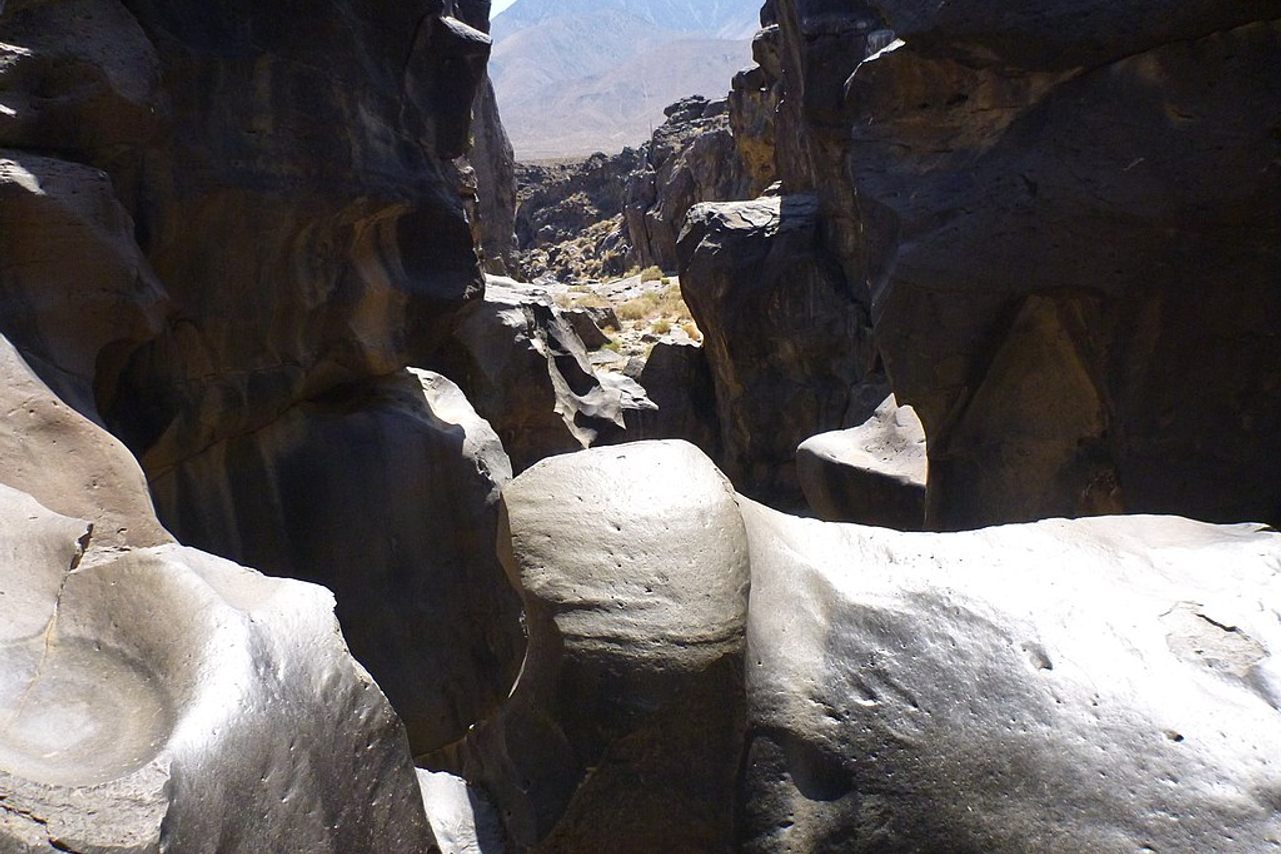
7. Fossil Falls
There's no longer any rushing water at Fossil Falls, although this incredible geographical landmark is enhanced by imagining how the series of enormous waterfalls once plummeted down the breathtaking rock formations.
Volcanic flow nearly 20,000 years ago left fields of volcanic rock in what is now the Inyo Desert. When glaciers from the Sierra Nevada Mountain range melted after the last ice age, they formed rivers and lakes of runoff. This runoff eroded the basaltic volcanic rock, leaving rounded forms behind. The rock formations are smooth, twisted, and black, and descend into steep cliffs—evidence of the power of the ancient water. (Read more.)
Olancha, CA 93549

8. Chumash Painted Cave State Historic Park
Hidden along a narrow, steep, and windy road is a tiny piece of Chumash history preserved forever. The state park is small, but warrants a closer look. Peek through the bars blocking the entrance to this cave, and you’ll discover striking traces of the past.
On the rock walls, colorful symbols made long before European settlement are a bright contrast against the pale sandstone. Though the meaning of the images is unknown, the artwork is believed to relate to Chumash cosmology. The age of the rock art is murky, too. According to some estimates, it may be upwards of 1,000 years old. (Read more.)
CA-154, Santa Barbara, CA 93105

9. San Diego Museum of Man
The inauguration of the Panama Canal was a very big to-do in 1915, and one of the attractions of the related Panama–California Exposition was the opening of an exhibit for what would become the San Diego Museum of Man. That exhibit, called “The Story of Man Through the Ages,” was an anthropological dive into one of the dominant narratives of the time—that race was biological, and that different groups of people slotted into different places in a racial hierarchy. The museum has shifted course, and now features an exhibit that challenges that whole premise, and emphasizes race as a social construct, instead of a biological one.
Besides housing several interesting and unique temporary exhibits with subjects that cover everything from 10,000 years of beer-brewing history to cannibalism, the museum is known for its impressive collection of Ancient Egyptian cultural resources, among the most extensive in the U.S. (Read more.)
1350 El Prado, San Diego, CA 92101

